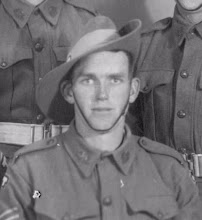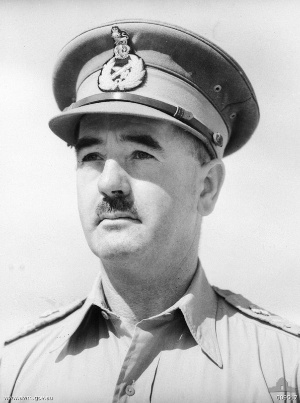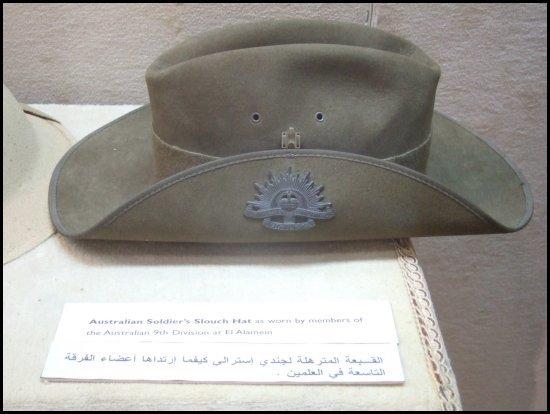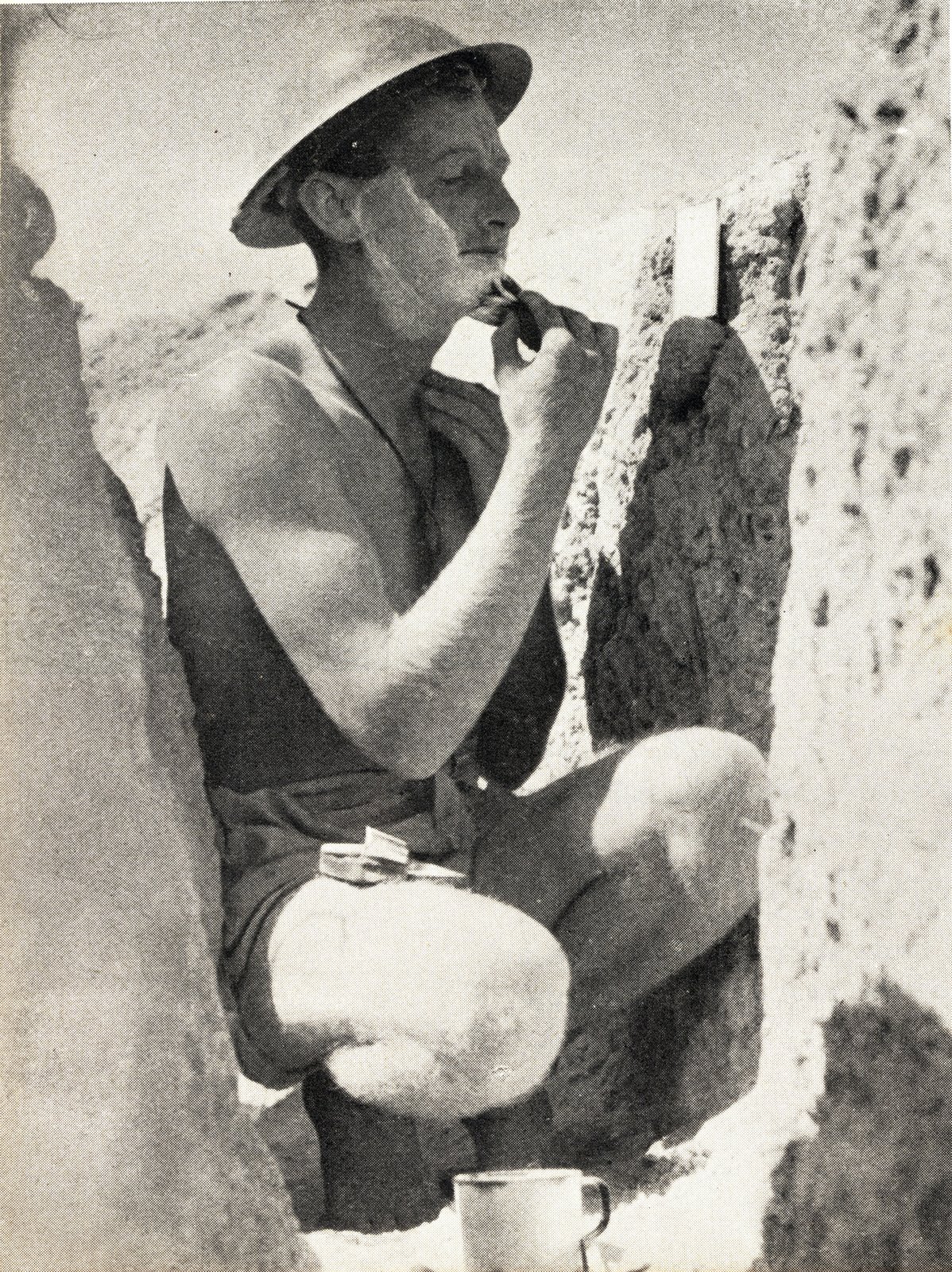
2/48th Infantry Battalion, 26th Brigade, 9th Division
Sgt William Henry Kibby received the posthumous award of the Victoria Cross for action at Alamein, Egypt from 23rd-31st October, 1942. The citation from the London Gazette (where all V.C.'s are gazetted) read as follows;
"During the initial attack at Miteiriya Ridge on 23rd October, 1942, the Commander of No. 17 Platoon, to which Sergeant Kibby belonged, was killed. No sooner had Sergeant Kibby assumed command than his platoon was ordered to attack strong enemy positions holding up the advance of his company. Sergeant Kibby immediately realised the necessity for quick decisive action, and without thought for his personal safety he dashed forward towards the enemy post firing his Tommy-gun. This rapid and courageous individual action resulted in the complete silencing of the enemy fire, by the killing of three of the enemy, and the capture of twelve others."
"With these posts silenced, his Company was then able to continue the advance. After the capture of Trig 29 on 26th October, intense enemy artillery concentrations were directed on the battalion area which were invariably followed with counter-attacks by tanks and infantry. Throughout the attacks that culminated in the capture of Trig 29 and the re-organisation period which followed, Sergeant Kibby moved from section to section, personally directing their fire and cheering the men, despite the fact that the Platoon throughout was suffering heavy casualties. Several times, when under intense machine-gun fire, he went out and mended the platoon line communications, thus allowing mortar concentrations to be directed effectively against the attack on his Company's front. His whole demeanour during this difficult phase in the operations was an inspiration to his platoon. "
"On the night of 30th-31st October, when the battalion attacked "ring contour" 25, behind the enemy lines, it was necessary for No. 17 Platoon to move through the most withering enemy machine-gun fire in order to reach its objective. These conditions did not deter Sergeant Kibby from pressing forward right to the objective, despite his platoon being mown down by machine-gun fire from point-blank range. One pocket of resistance still remained and Sergeant Kibby went forward alone, throwing grenades to destroy the enemy now only a few yards distant. Just as success appeared certain he was killed by a burst of machine-gun fire. Such outstanding courage, tenacity of purpose and devotion to duty was entirely responsible for the successful capture of the Company's objective. His work was an inspiration to all and he left behind him an example and memory of a soldier who fearlessly and unselfishly fought to the end to carry out his duty."
As an amazing postscript to this incredible story in the days after his death Sgt. Kibby's wounded mates that escaped from the machine gun that killed him returned to collect his body. They noted that every member of the machine gun nest that Sgt. Kibby rushed in his fatal charge were dead and lying nearby Sgt. Kibby's body was that of his Company Commander, a Captain, and in his jacket pocket they found a letter recommending Sgt. Kibby for the Victoria Cross. The recommendation was passed on and Sgt. William H. Kibby became the first man of the AIF to win the Victoria Cross on the recommendation of a dead man.
Lest we Forget,
Sgt. William Henry Kibby V.C.

















